The Tank Rabbi: Gulf War vet deploys WWII armor to tell its story
It’s August of 1943 and German troopers are dug into a hillside somewhere in occupied Sicily. American scout cars probing the lines suddenly come under their fire. The Yanks answer with the rat-a-tatting of their own light machine guns. Then, ka-BOOOOM! The air is split open by the concussion of an American 155-mm “Long Tom” artillery piece firing in the distance. Dirt flies, smoke billows, but the enemy resistance only strengthens. The scout cars flank left; behind them, three American Sherman tanks clank forward, flame pluming from their gun barrels while their turret-mounted .50-caliber machine guns go POM!-POM!-POM! as if bullets the size of Coke bottles are flying out. More dirt flies and bodies begin tumbling. The radio crackles: “Chris, are you on comms? I need you at Oy Vey—fast, fast, fast!”
The show goes on, but without the Rabbi.
That day, the Rabbi was off somewhere doing something that his crew would only speak about in cagey terms. “Cybersecurity,” was all they would tell me. The Russians had just invaded Ukraine and started a real war, so the Rabbi was busy and couldn’t be at this make-believe war at a military museum in Florida, even though he was footing a rather sizable bill for it. Ah well, war—both real and staged—is hell.
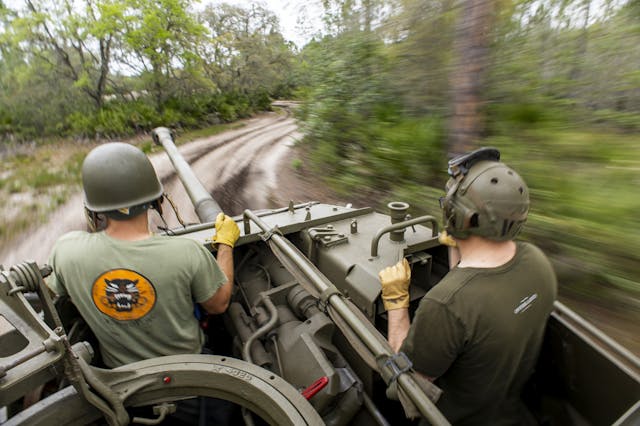
Drive north out of Orlando into the citrus groves, hothouses, and organic boutique farms of central Florida and, if you’re lucky and turn your head just right to catch it when the doors are up, you may spy a shed full of tanks. This is Rabbi Rob Thomas’s domain, a healthy spread of Florida forest and swampland that is the equivalent of a Kentucky stud farm for retired military vehicles. Some people collect firetrucks; others, steam engines. Rabbi Rob—everybody calls him that, or just “the Rabbi”—collects tanks, trucks, and equipment from World War II. And, as you might expect an ordained rabbi to do, he has given them all Yiddish or Old Testament nicknames: Oy Vey, Schmuel, Golem, Bupkes, Meshuggah, which means “crazy.” The booming 15-ton Long Tom has been dubbed Kelev Gadol, or “Big Dog” in Hebrew. Even the machine guns have Judaic nicknames.

Rabbi Rob shares his tanks with the public through his nonprofit organization, WW2Armor.org, which regularly trucks tons (and tons… and tons) of equipment to weekend historical reenactments where anyone can see and touch a tank and hear it grind around a field in noisy mock battles. “First and foremost,” reads WW2 Armor’s website, “we’re an educational outfit seeking to educate the wider public on U.S. armor tactics, training, vehicles, and personnel of WWII. In short, our goal is to allow a taste of what it meant to be a tank crew member during that time and to show what those soldiers endured and accomplished.”
Most of Detroit’s World War II arsenal went to the scrapper decades ago, making wartime equipment highly collectible and very expensive. A decent Sherman tank nowadays can run $400,000 to $500,000. At Rabbi Rob’s, no fewer than 16 of these iron mastodons now live in pampered comfort, their every (and frequent) need tended to by a permanent paid staff of 11 and a volunteer force of more than 30. The day we visited, the team was preparing its machines for the aforementioned attack on the Sicilian hillside, which was to take place at the Military Museum of North Florida in Green Cove Springs near Jacksonville the following weekend.
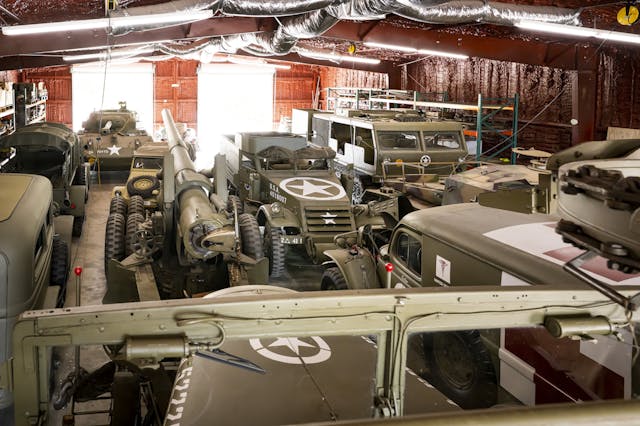
And to be clear, we definitely mean Sicily, and not Italy or France or the sands of Iwo Jima. WW2Armor.org prides itself on historical accuracy, meaning the equipment, uniforms, and tactics used in Green Cove Springs would evoke a specific theme. “The theme is Operation Husky,” explained the group’s “Technician Fifth Grade,” Matt Lambert, referring to the Allied code name for the Sicily invasion in the summer of 1943. Lambert, who carries a notional military rank like everyone else in the organization, is the group’s armorer and maintains a heavily secured room full of pistols and machine guns. “We have to have the right equipment,” he says. “No ‘grease guns,’ for example, because they weren’t available in Sicily.” He’s referring to the war-time-era .45-caliber M3 submachine gun that resembled a mechanic’s grease gun.
Pining for an interview with Rabbi Rob—there were so many questions—as well as a ride in a tank, we were first shown around the property. A bunch of sheds house the machines and the workshops that are necessary to keep them running. Former car mechanic Chris Bischoff joined six years ago, answering an ad that advertised for diesel and aircraft specialists and mentioned a Hellcat. “I thought they meant a real Grumman Hellcat—you know, the fighter plane.” Most people probably would have thought a Dodge Hellcat, but Bischoff found out that they meant an M18 Hellcat, a 19-ton tracked and armored tank destroyer built by Buick starting in 1943.
Why did they want an aircraft mechanic? Six of the Rabbi’s tanks are powered by versions of a common Wright nine-cylinder radial aircraft engine. The rest of the American tanks (they have a couple of German ones) run an 1100-cubic-inch Ford GAA, a four-cam, 32-valve V-8 designed specifically for tanks. “Unlike being a car mechanic, I just have to be an expert in two engines,” says Bischoff. “I used to spend seven hours pulling an engine out of a Toyota. Last week, we pulled an engine out of a tank in 50 minutes.” The downside: “There’s not a lot you can lift by hand.”
We were ushered to the small engine room, the only air-conditioned shed on the property, where John “Wolfie” Nicholson, a retired Marine helicopter crewman and civilian aircraft mechanic, works on the fleet’s fuel-burners. “It’s so relaxing. I get left alone, and I get a lot done. Who doesn’t like playing with tanks all day?” The organization’s pre-COVID schedule had at least five tanks going to four to five shows a year, Nicholson told me, and back in the day, the Army rule of thumb was one hour of maintenance for every hour of running time.
Over a show weekend, the tanks may run for four to five hours. A tank’s radial engine holds 14 gallons of oil and burns 7 quarts of it an hour in normal operation. “With all the heat cycling, they loosen up and they leak.” Worn cam lobes are another big problem, as is the usual gamut of electrical fritzes, like bad plugs and dead starters. “Once the V-8s came in, the Army didn’t want anything to do with radials,” he says.
After some safety instruction, I was plopped into a small chair at the front of a Hellcat named Bracha, which means “blessing” in Hebrew. My helmeted head poked out of the hull while the driver sat to my left, on the other side of the enormous transmission turning the front sprockets. Sitting in a tank is like driving a car from under its hood, and you realize quickly that it was not built with any thought to comfort. If your knee, elbow, or head collides with anything, it leaves a nasty bruise. And the clatter from the radial engine is ear-shattering. If Grandpa was deaf, this was the reason; jockeying these things to Berlin must have wrecked the hearing of an entire generation. But did they complain?
The driver pushed both steering bars forward, releasing the brakes, and the engine roared as if a bomber were taking off 3 feet behind our backs. The relatively light tank scampered—for a tank—toward the woods at 10 or 15 mph. There is a set of redundant controls on the right side. Two long bars control steering and, with both pulled back, braking, and a lone floor pedal is the throttle. I was told not to touch them, which was fine, because I was partially blinded by sand flying into my face and up my nose.

A tank underneath you feels like a boat in water. It rolls and pitches with soft motions as the tracks and torsion bar–supported wheels soak up, or simply flatten, even the biggest ruts. Gravel, mud, water, a house; the tank doesn’t really care what it’s churning through, it just pootles wherever you point it by alternately tugging or pulling on the two control handles. Shermans had five-speed manuals, but the later Hellcat had a three-speed automatic shifted via a stick on the huge transmission case. They were designed to be operated by kids accustomed to driving the family farm truck.
As the photographer blasted away, we went romping over yumps and plowing through mudholes. We flung off big clods in tight turns and crisscrossed a sandy flat with deep track ruts. After a while, our tank commander, “Sergeant” Tim “Hellfish” Meyering, called a halt for a water break and we switched positions so I could see what life was like in the turret. Standing next to the huge breech of the 76-millimeter main gun, it’s hard to imagine actually firing it in combat. The explosive concussion, the rocking of the tank, the certainty that somebody will be firing back.
Hellcats were appreciated by their crews because the open turret was less hot, less noisy, and less claustrophobic than the sealed-up Sherman’s. It’s the classic convertible versus coupe argument. The downside was the Hellcat crew’s vulnerability to snipers, air bursts, and any kid carrying a potato masher grenade, not normally concerns in an MGB.
After enough time of burning gas at the rate of 8 gallons per mile, it was time to put Bracha to bed. I was still hoping to catch up with “Colonel” Rabbi Rob, but alas, he was nowhere to be seen. Mike Houk, an Army veteran who now serves as the group’s chief of staff and PR flak, said he would email the Rabbi and request some time, but he warned that the Rabbi was presently somewhat distracted. By this point, Rabbi Rob was starting to take on the aura of a modern-day Howard Hughes, an eccentric recluse who ran his empire and communicated to the outside world exclusively through underlings.
Our meeting wouldn’t come until weeks later, via a Zoom call that I was instructed would be exactly one half-hour, no more. Rabbi Rob joined but with his camera off, the dark rectangle on my screen only confirming his hermit-like persona. Then, after a couple of minutes, he said, “Oh, I should probably turn the camera on!”
And there he was, not a black-hatted, black-suited, bearded rabbi of popular conception, but a slender, balding, middle-aged everyman wearing a yarmulke and a purple T-shirt emblazoned with a flying saucer and the words “Visit Roswell New Mexico.”

“I am a rabbi,” he says in the rapid cadence of a firing grease gun (I later transcribed almost 5000 words spoken over 34 minutes, studded with Old Testament refs and Hebrew catchphrases). “I am ordained. I am not a bema rabbi [meaning one with a permanent congregation], though occasionally I am an associate rabbi at the local Chabad, where we attend, so I help out there. I do life-cycle events, mostly marriages, because it’s a lot of fun, it’s a lot of mazel [good fortune], it’s a great time.”
Rabbi Rob counsels Jewish military vets struggling with their experiences in Iraq and Afghanistan, as well. “I am a veteran, and I’m obviously a Jew, so I can appreciate them at a spiritual level, but I can also appreciate them at a military level. So when they go quiet and stare straight ahead into space, I know what they’re thinking.”
He describes himself as “a late bloomer,” and indeed almost everything that defines him nowadays came largely in recent years. After serving as a Navy medic attached to the Marines during the first Gulf War—a so-called “devil doc”—he invested in tech at a good time when many of the big names today were still in their infancy. And he started a cybersecurity company. “It’s not cagey; it’s just not that interesting. We look at malware and malware infrastructures and provide threat intelligence so that companies can protect themselves.”
Did the Russian invasion explain why he was so busy?
“Yeah,” he says, “though nothing really sexy should be read into that. A lot of it has been spinning down alleged incidents that are alleged to be tied to [Russia]. What you generally find is that it’s a punk kid in Texas who’s having a go. It’s still bad, but it’s not going to be followed by nukes. It’s going to be followed by a picture of buttocks or something.”
Raised in a casually Jewish household in Chicago where there was “a lot of tradition but very little religion,” Thomas was asked about a decade ago to serve as a reference for a friend wanting to become a rabbi. The dean of the rabbinical school called him, “and he asked a lot of very good questions.” After the interview, the dean told Thomas that he thought Thomas should become a rabbi himself. “And I thought, you know, people don’t say things randomly, and by the way, he’s a fellow human, so I should respect his opinion even if I disagree.”
He didn’t disagree for long, and after Rabbi Rob finished his rabbinical studies, the World War II thing started. “I grew up watching the movies and the TV shows. I was marinated in it,” he says. There was also a personal angle; his wife’s father had been a truck driver in the war until he was asked by an American officer to serve as a Yiddish translator at a recently liberated concentration camp. “He had lost a buddy to a sniper, had been under sniper fire himself. It was very common for the truck convoys to be sniped at and attacked, so he had seen a lot and he had seen death, but [after he saw the camp] he said it was the first time he was truly shellshocked.”

Around 2014, Rabbi Rob decided that he wanted an M1A1 Thompson submachine gun. “Like a real one, not a toy. I was going to put it up on a wall, and shoot it sometimes, but I dunno, I just wanted one.” It was a slippery slope; it led to him obtaining a Federal Firearms License and a couple more guns, including a war-time .50-caliber machine gun. “So I bring it home and put it on the garage floor. My wife comes out and says, ‘How do you even carry that?’ I said, ‘Well, it’s got a tripod so it sits on the ground, but nobody does that. You got to have it on a vehicle.’ So now I have to buy a jeep.”
The jeep was an even slipperier slope. It led Rabbi Rob into the reenactment community, in which hobbyists don the uniforms and equipment of war and stage mock battles with the goal of evoking history and thus being closer to it. Soon there were tanks, a 138-acre plot of land to run them on, staff and volunteers to care for them, and a mission to educate the public on the sacrifices of an earlier generation. Rabbi Rob is even on the hunt for German equipment, though it seems incongruous with his Jewish faith. For him, it’s about telling a more complete story. “We’re told that the 614th mitzvah [commandment] after the Shoah [Holocaust] was ‘never again.’ Well, that’s not sufficient. I’m sorry, but it’s not. Never again what? If we don’t teach the history, then ‘never again’ has no meaning.”
Of his reenactment audiences, Rabbi Rob says, “I want them to smell it, I want them to feel it, I want them to hear it. And obviously we do everything at safe distances and stuff, so it’s not like they’re experiencing it the way their grandfathers did, but they are getting a sense of it that you’re just not going to get from a movie or a book or seeing this stuff sit in a museum.”
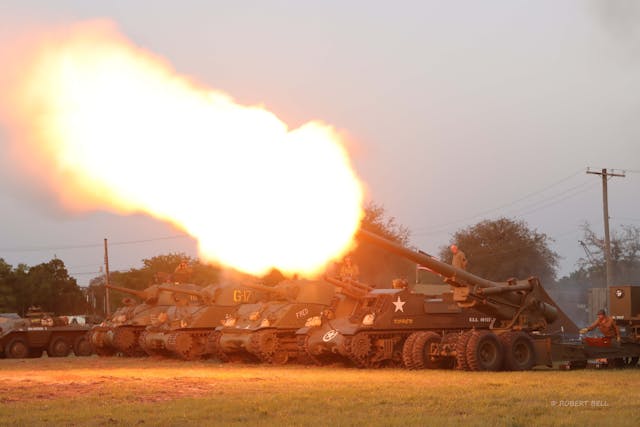
Rabbi Rob’s one word of advice for anyone who wants to buy a tank: “Don’t.” They have two states, he says, “breaking and broken, that’s just the way it is.” And besides the time and expense of keeping them running, there’s the ever-present danger of serious injury or death.
In addition to adhering to strict operation protocols—such as always having two crew aboard and keeping reenactors at a safe distance during the highly choreographed battles—WW2Armor.org conducts monthly crew drills that include fire evacuation, rollover, and spectator safety. Tanks were designed purely to kill, he says, and his organization’s approach to events is the same as what Rabbi Rob learned in the Marine Corps: “The more you sweat, the less you bleed.”
Back in “Sicily,” around 18,000 rounds of various calibers of ammo were fired over two days (the .50-caliber blanks come from a Hollywood supply house and cost about five bucks each). The Germans were inevitably vanquished. Before this staged battle, Chris Haskell, the organization’s vice president and executive officer as well as its licensed pyrotechnics man, led a group that spent six hours peppering the field with 98 black-powder charges that he controls with a laptop from the sidelines to simulate bullet and shell bursts. Each charge, one or a couple of ounces of black powder, is wrapped in cellophane and placed in small, specially made steel pots that ensure the blast goes safely up and not out. Then it’s packed with dirt that the group has sifted through by hand to ensure that there are no hard objects to make dangerous shrapnel. Haskell told me that the first load of dirt he inspected had nails in it.

With the battle won, the crowd applauding, and the tanks returning to their lines, the mopping up began. Lambert, the armorer, says that once all the equipment comes back to the sheds, it takes a week of cleaning guns and swabbing out tank-cannon barrels of the corrosive black powder used in the blanks. Broken things need fixing, and everything else a good greasing. And the war goes on to remind Americans of the bravery of their forefathers. “Bravery isn’t the absence of fear,” Rabbi Rob insists. “Bravery is having absolute fear and doing it anyway. Those guys knew what they were doing, and they did it anyway.”
He seems to get that this is an odd hobby, especially for a rabbi. But as you might expect from a clergyman, even a part-time one, the rationale for what is clearly a fun (if expensive) pastime has a heavy philosophical slant. Rabbi Rob: “People say to me, ‘Wow, you have a lot of weapons of war.’ I say, ‘No, I don’t think I have any, but I do have some weapons of liberation I’d like to show you. They all have a story to tell, and I wish they could tell it. But they can’t, so we have to tell it for them.”
Check out the Hagerty Media homepage so you don’t miss a single story, or better yet, bookmark it.

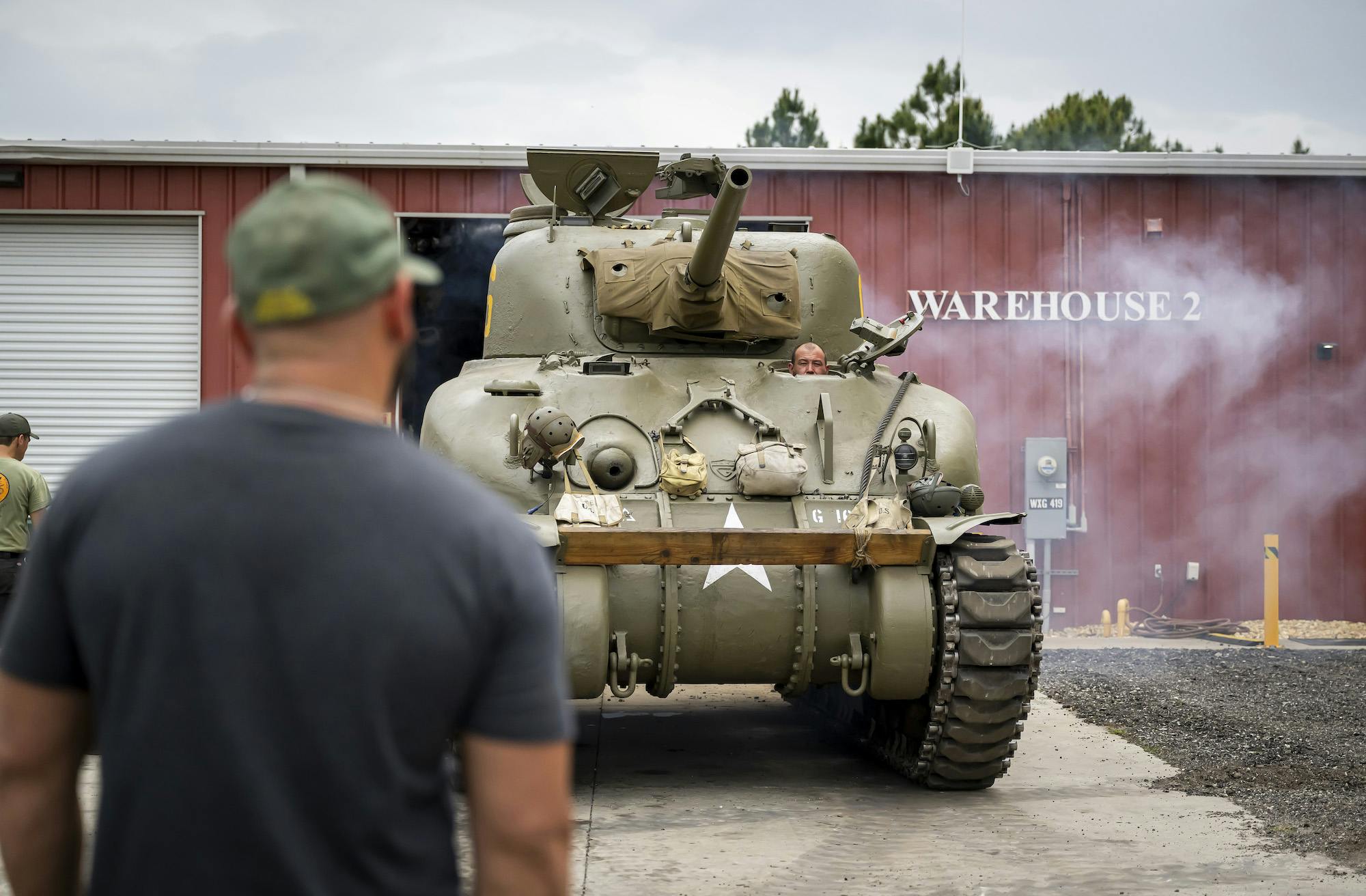
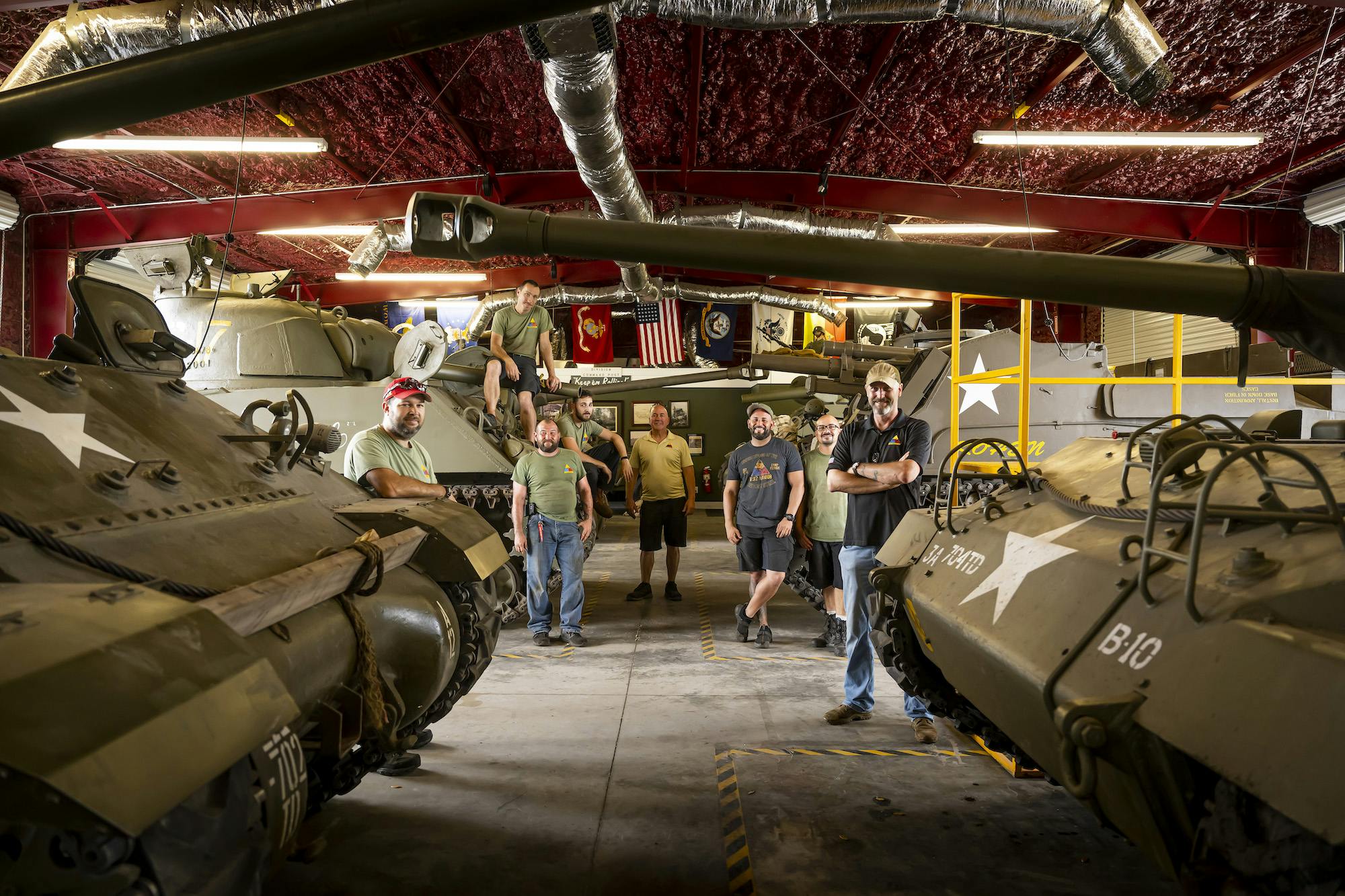

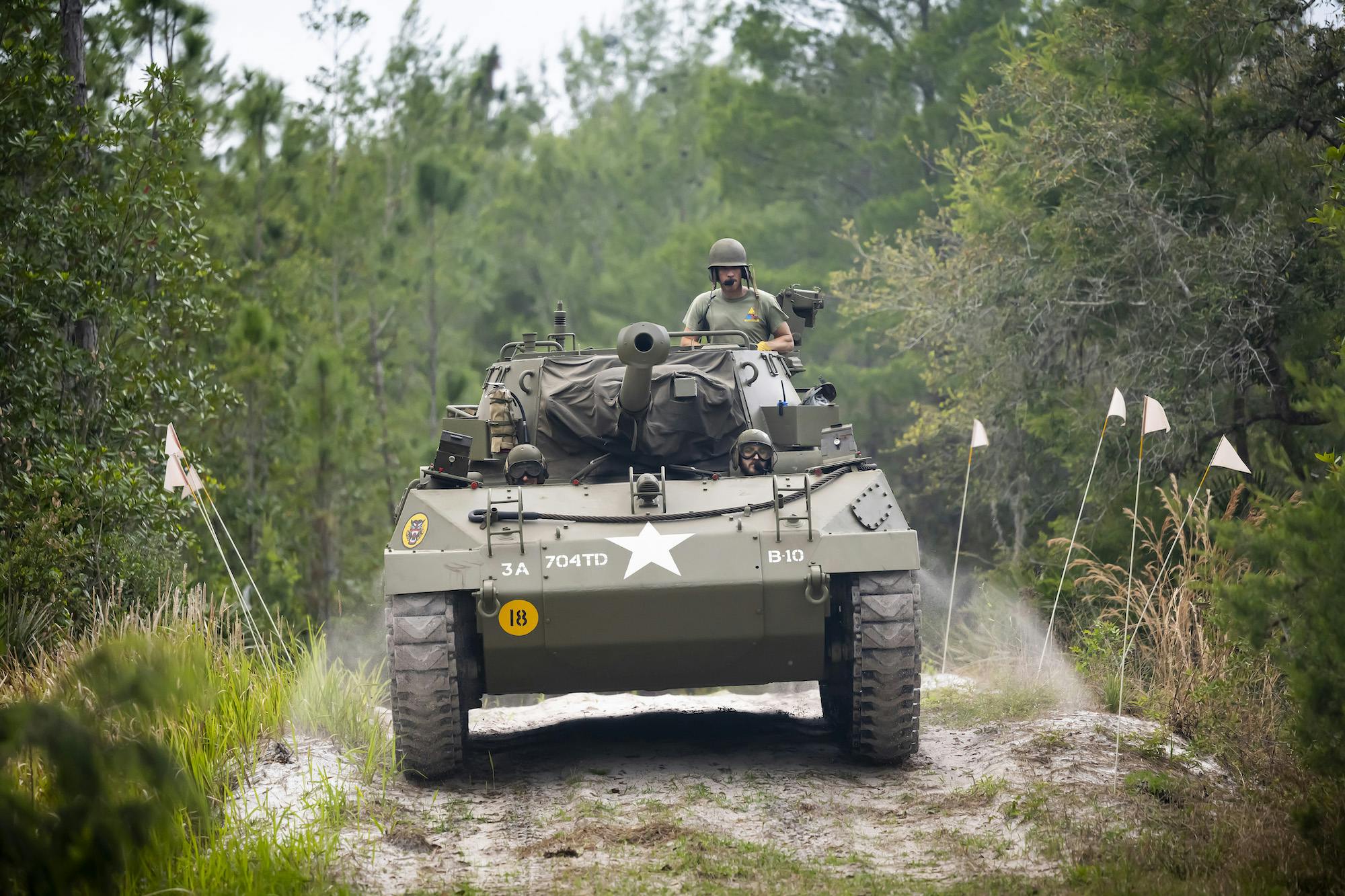
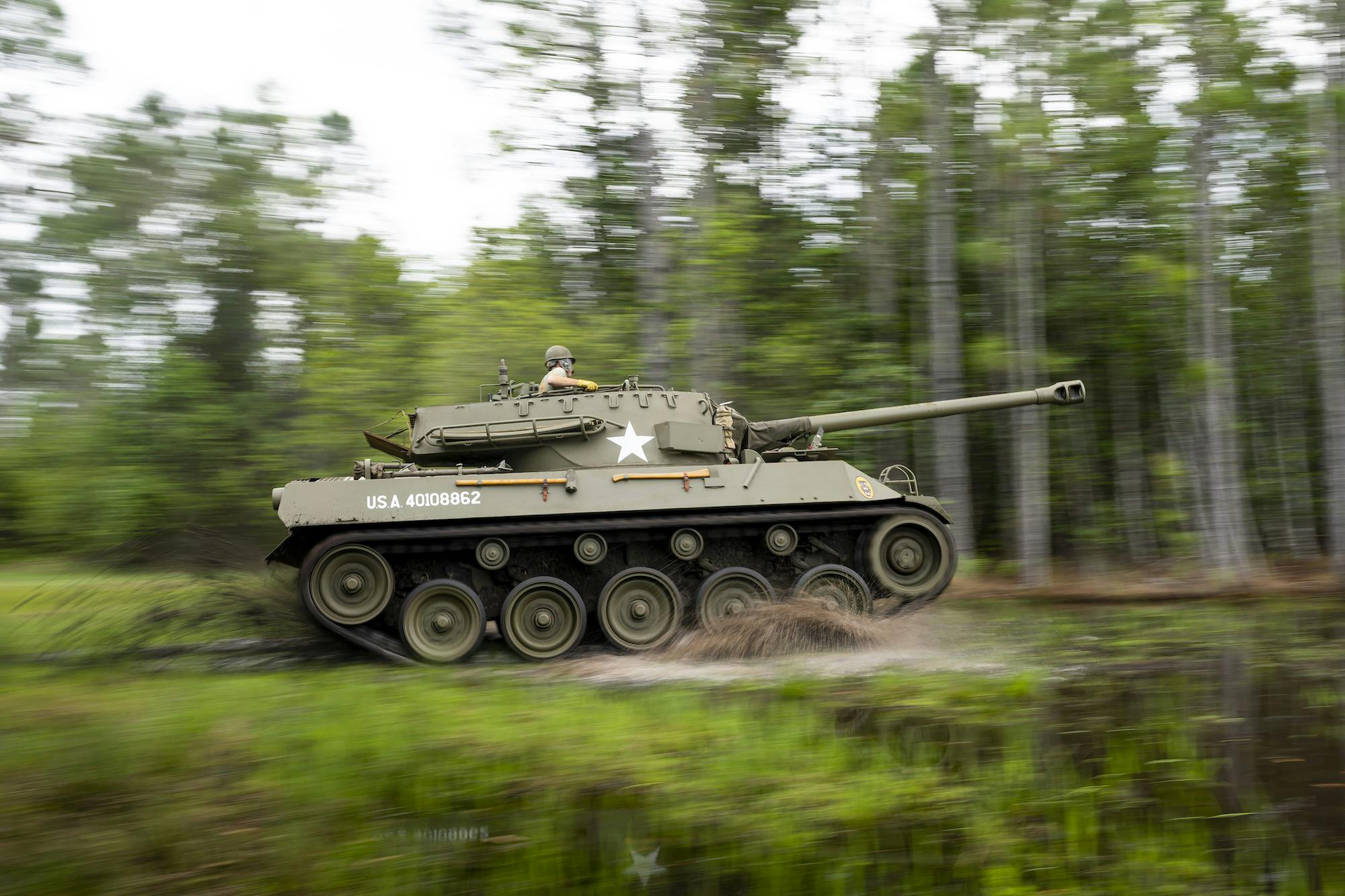
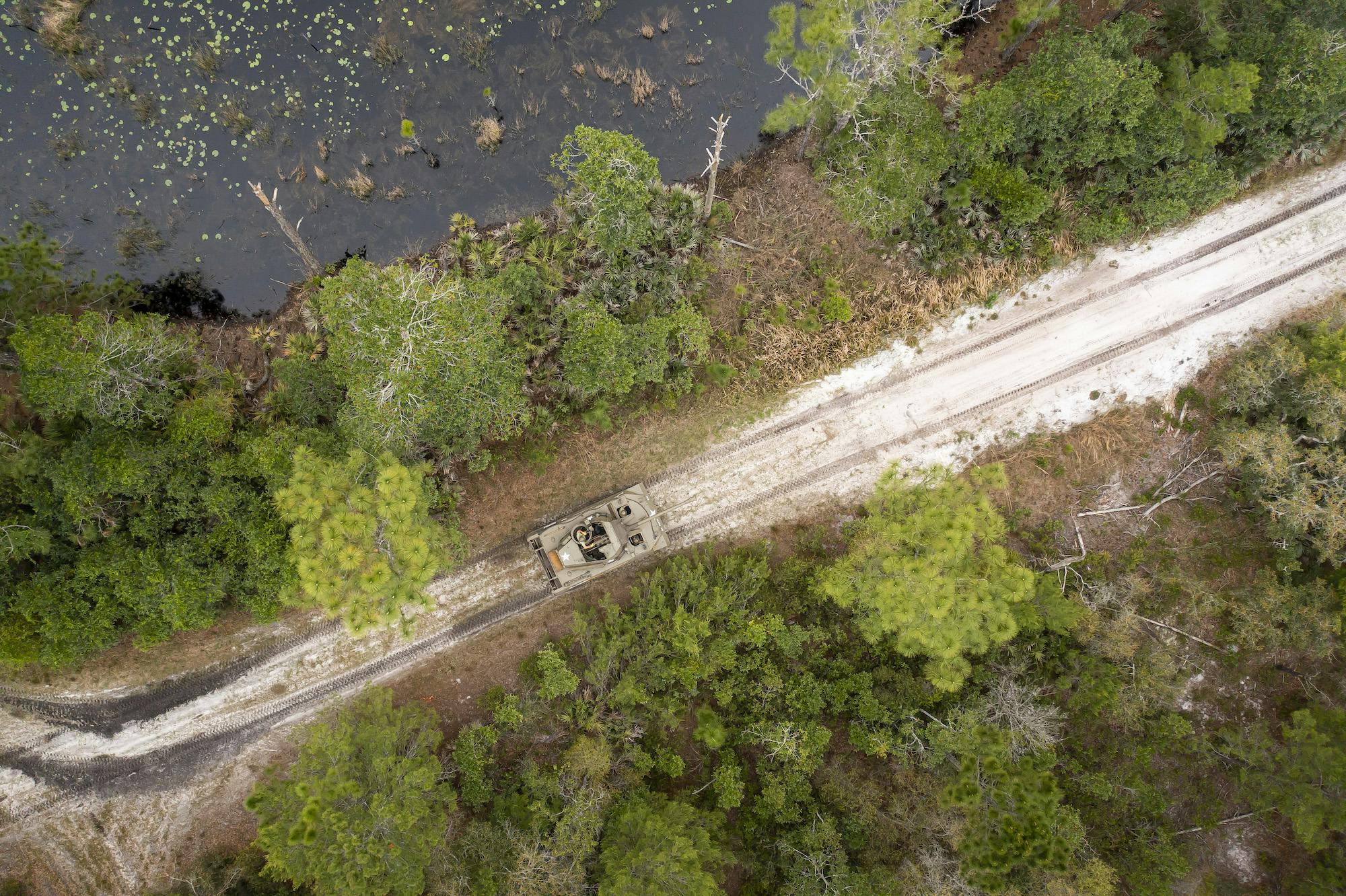
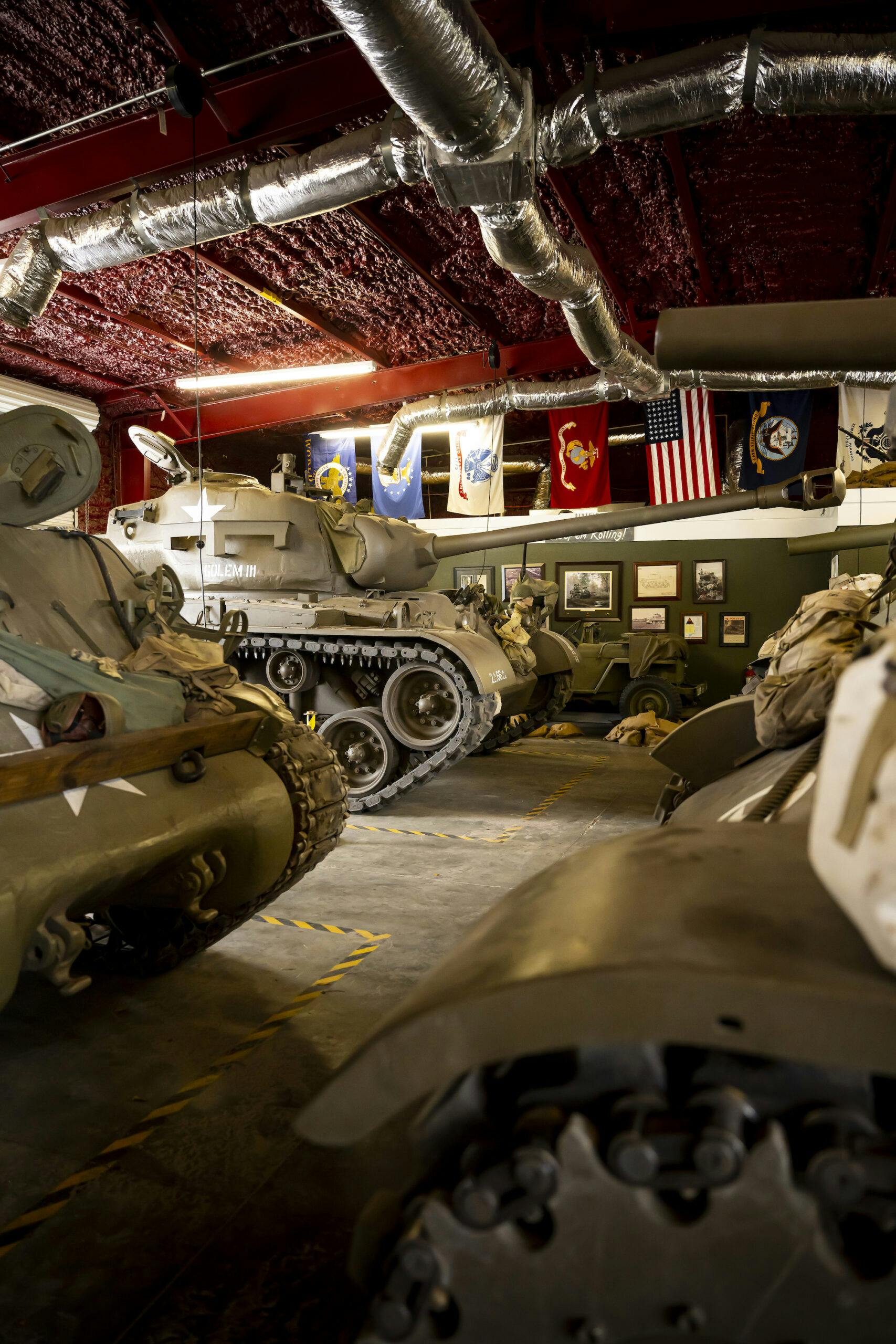

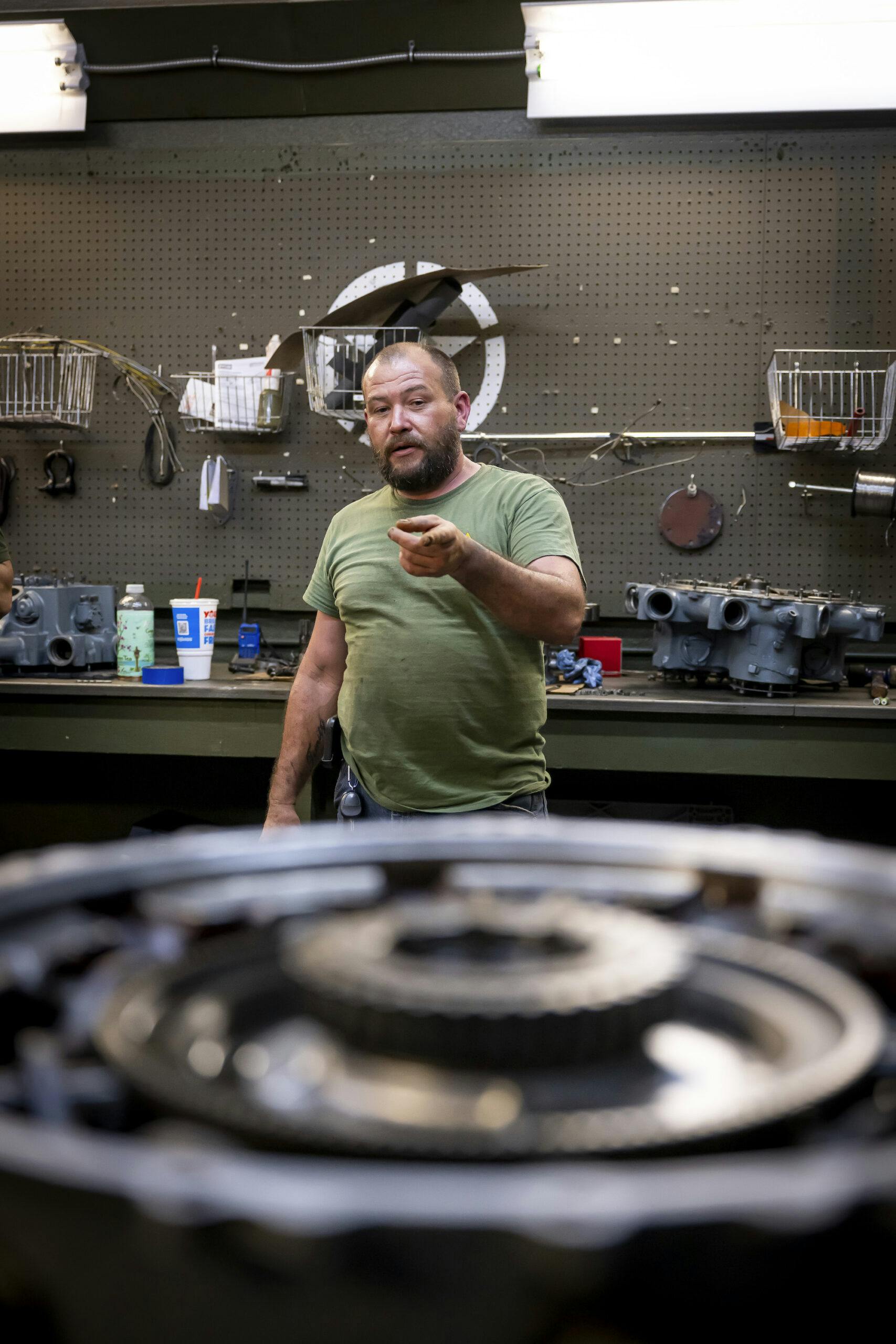
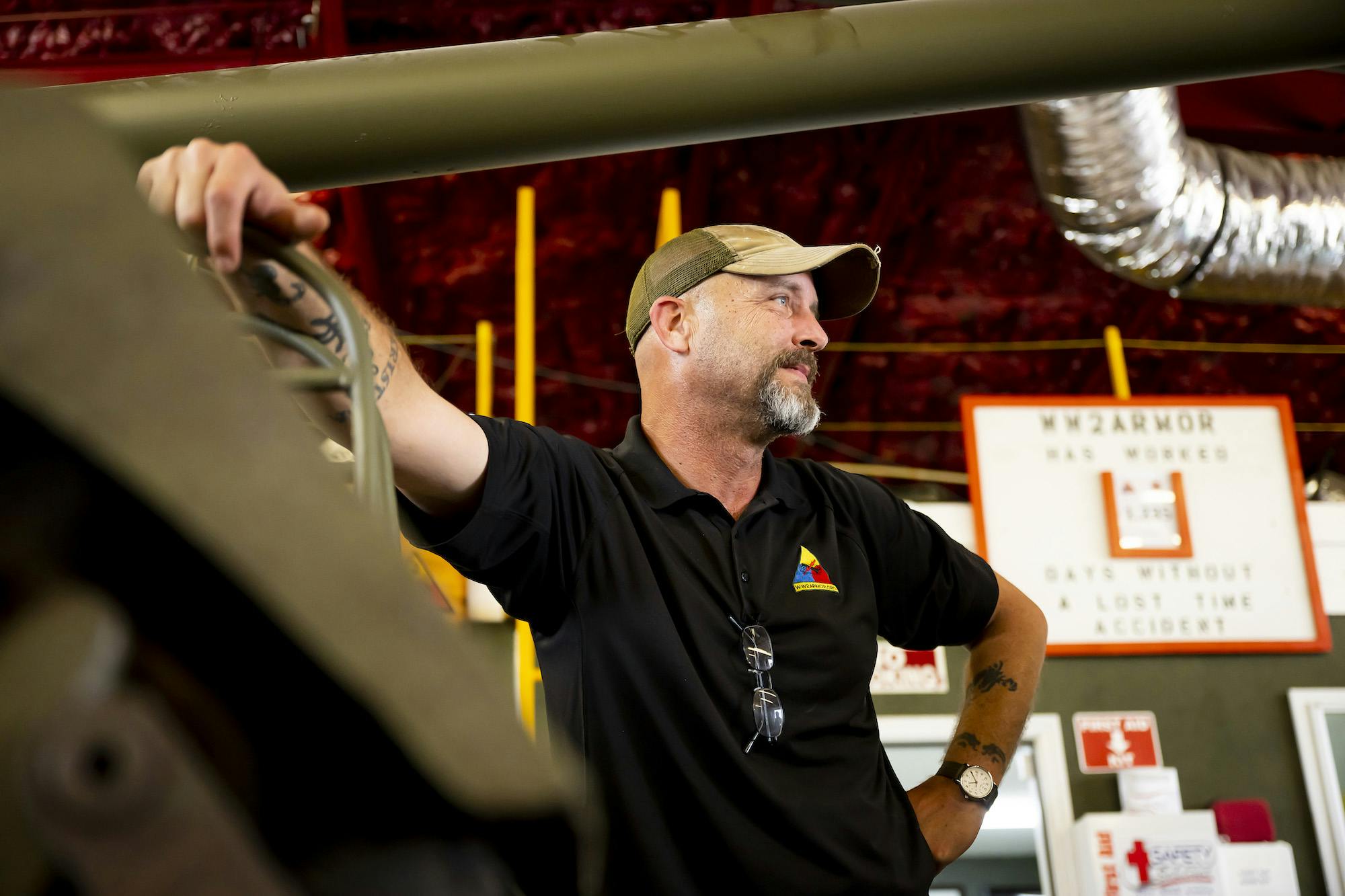
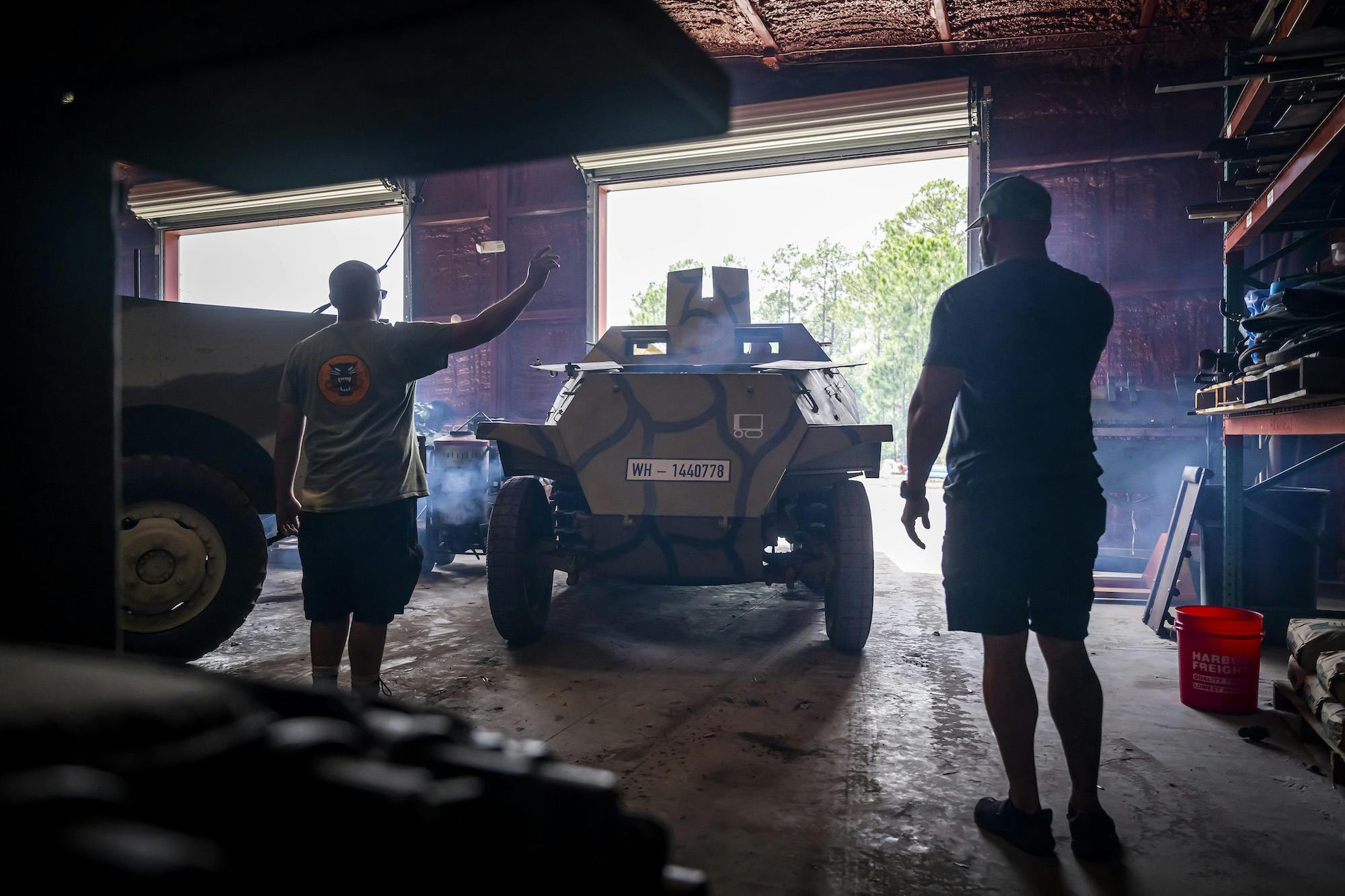

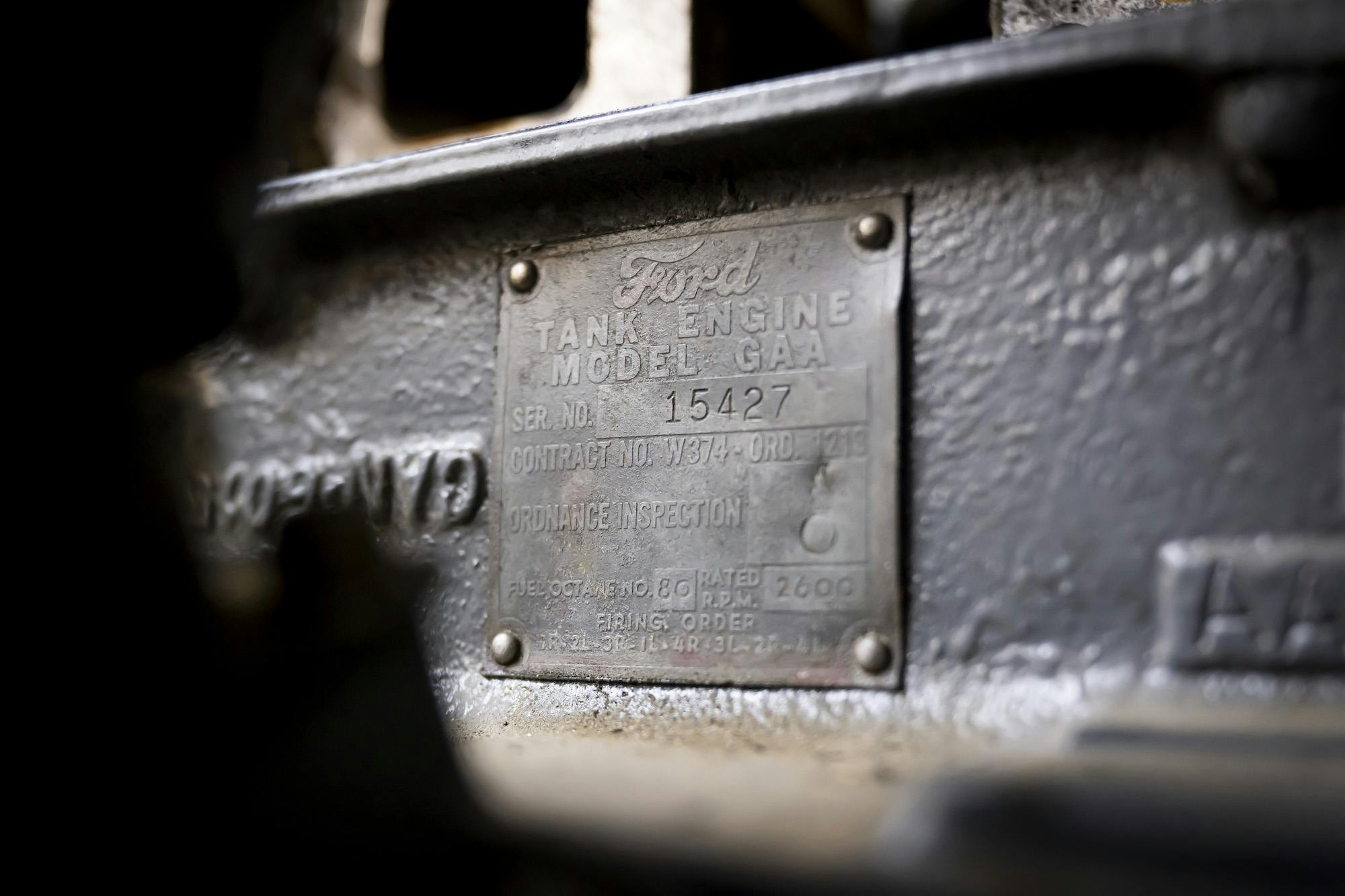
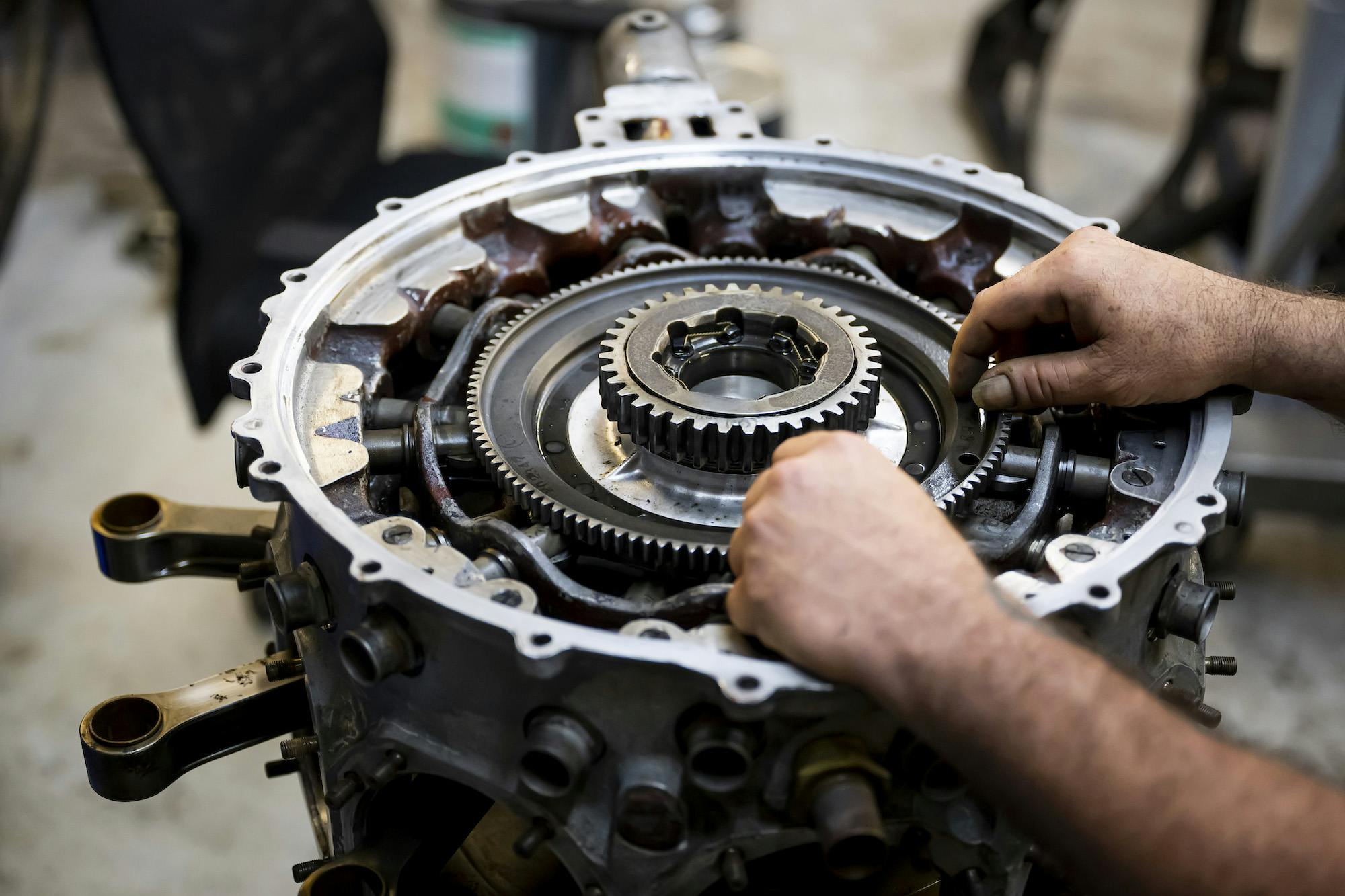
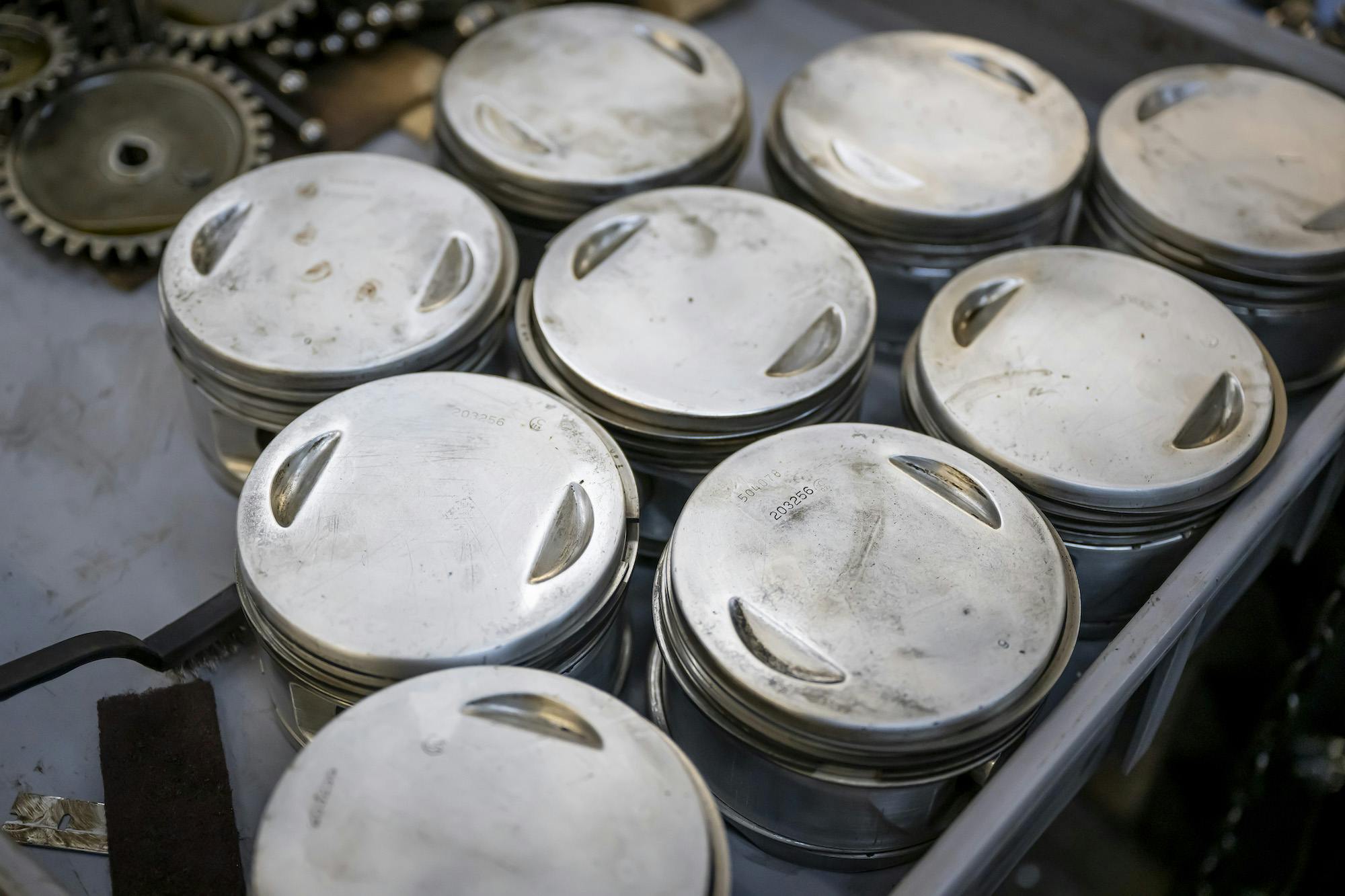
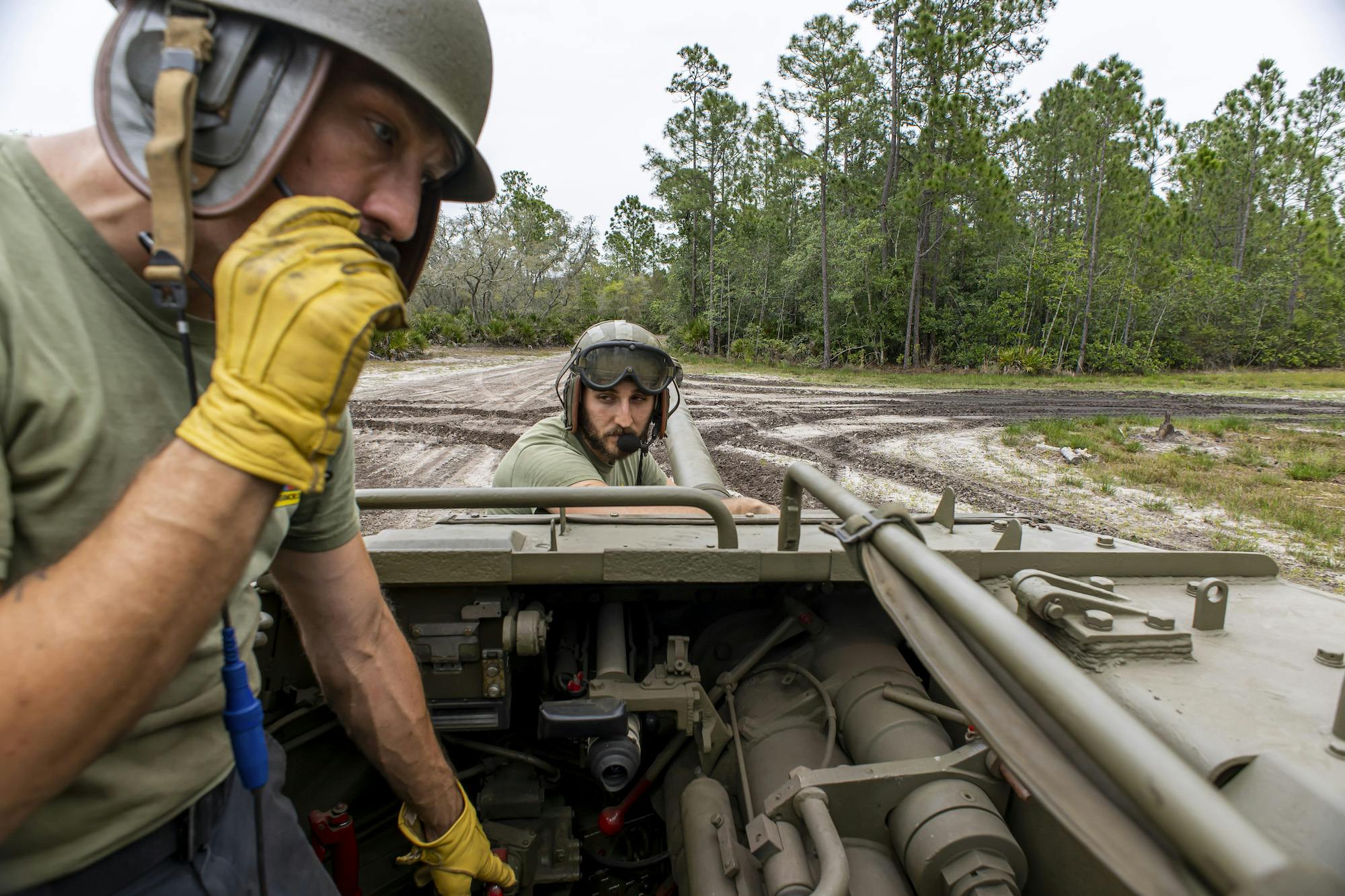
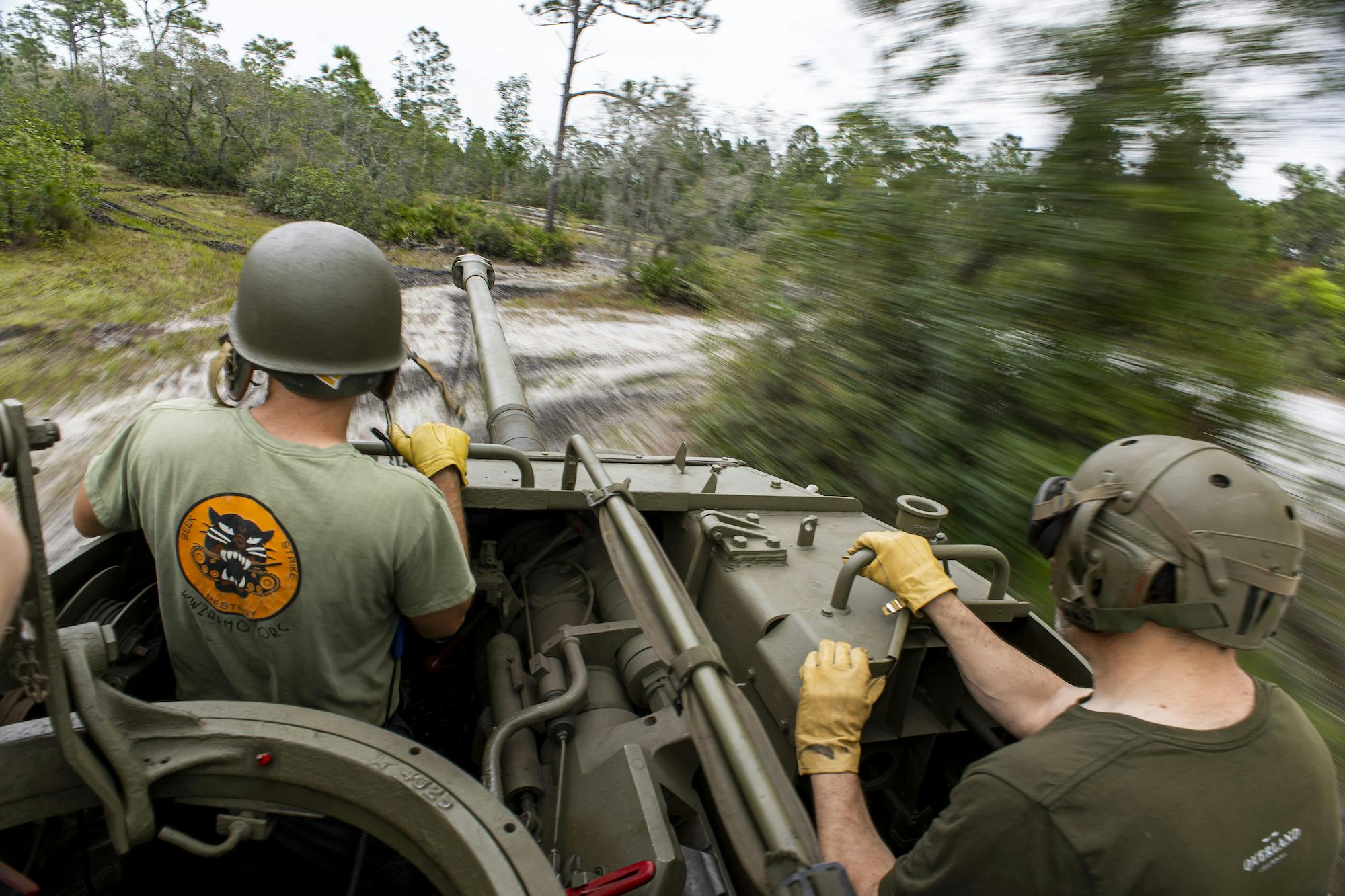



I think the nicknames for the tanks are great.
This is an incredible story. The Rabbi has invested his life in this important pursuit.
I collect and maintain wheeled ww2 vehicles. It is a joy to do so.
Never forget.
As a military collector & former tanker myself (M60A1, T62A, OT-64 Topas among others as commander), I own several original tank manuals from 1940s forward. Ican tell u the history & development of tanks, esp drivetrains/hydraulics/suspension, all predate & led to development of better automotive products. Like aircraft pilots & mechanics, armor crews & mechanics were at the leading edge of auto hp, torque, & dependability design. U wanna test the reliability or durability of any mechanical/electrical/hydraulic design, put it in a tank for awhile. It’ll either hopefully survive or fail quicker than in an auto. Just like the quality of the crewmen who manned & maintained these beasts. Like the tanks themselves, to crew one, such less face an enemy in one, took “chutzpah” as hard & resilient as the armor itself. Go ride, drive, or shoot a tank once in ur lifetime for an awesome & memorable experience. Probly only surpassed by a ride in a fighter plane.
I appreciate Hagerty taking the time to highlight military vehicles within the antique vehicle collecting world. Although I enjoy the daily articles posted here about period civilian cars, it’s nice to see a little nod to our niche interest in the OD painted toys.
I was especially gratified to see Rob’s quote concerning the two states of tanks as either “breaking or broke.” Speaking as someone who currently has a 5 ton piece of armor sitting idle in my barn due to a minor mechanical casualty, I can commiserate fully with his statement. Thanks again for the article.
My father was a B.A.R. gunner with the 1st Infantry. He talked once about a time when his outfit was moving through Bavaria with a TD in support and a German 88 opened up. Everybody piled into a big timber-framed farmhouse and the TD pulled around the side. The 88 threw a few more rounds out and gave up. The Germans moved up a Nebelwerfer. The first round hit the TD fender between the turret and the house. Blew out the entire wall of the house. The last guy headed for the basement didn’t make it.
The Germans don’t allow collections like these in their country. I vaguely recall seeing an article about a man that had a Panzer tank in his basement. When the “authorities” found it, they confiscated it.
I had a friend that joined the Army when I did. He ended up as the mechanic that worked on everything that the Army had on the ground. After he was discharged he had his own repair shop. Now retired and living on property, I think in Tenn. His name is Ed Hatten. Blessings on the work and educating you do.
Blessings Larry Thompson 559 978 0625 cell